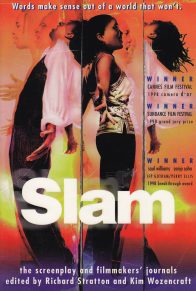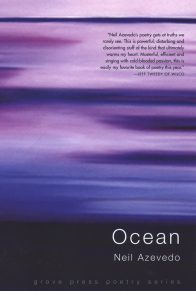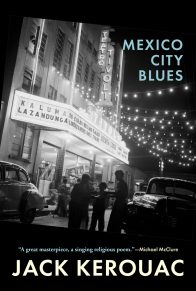“The language in Mary Jo Bang’s poems can seem to break free from its subjects, rising into its own realm; if Bang understands that aerial appeal, she also knows how to bring her poems back down to earth, how to link them to their subjects again.” –Stephen Burt, New York Times Book Review
‘mary Jo Bang as a keen eye for the hang-ups and absurdities of our times, as well as a mischievous taste for eccentric grammar. . . . There’s seldom a dull moment in this irreverent book.” –Peter Thorpe, Rocky Mountain News
“In Bang’s hands, ekphrasis does what it should: erase the original piece almost completely. . . . By mid-book . . . the idea of art haunts each page until it speaks almost as authentically as the poems themselves. This is to Bang’s credit: she creates a believable world in which one art form refracts endlessly off ahistorical Others, and ‘reality” as we know it disappears. . . . These poems enact the feeling of tumbling, Alice-in-Wonderland-like, through layers and layers of imagination unglued from chronology . . . . Read this book.
” –Malinda Markham, Antioch Review
“Bang’s work in Strange Balloon is at times as challenging as contemporary poetry gets and always as exhilarating. . . . The ironic marvel of Bang’s work is that at its most incomprehensible it can still be approached and appreciated at the much simpler level of sound. . . . They’re intelligent and supremely crafted. And they sure do sound good.” –Pablo Tanguay, Nashville Scene
“Bang’s fourth collection takes ekphrasis (poetry about works of visual art) to the limit. . . . There is music in Bang’s lines, set off by the charming, poetic titles of the paintings.” –E.M. Kaufman, Library Journal
“In these wonderfully energetic and inventive poems, Mary Jo Bang re-envisions ekphrasis. Based on works by artists as diverse as Margaret Bourke-White, Sigmar Polke, Willem de Kooning, and Damien Hirst, her representations of representations implicitly ask just where the ‘real” world is–is it not ‘really” the marvelous worlds we construct from any raw material available? In short, she posits representations as every bit as real as what they represent, and allows the layers to build up into zones of intensity and ambiguity that leave the reader with a sense of vigorous promise and endless possibility.” –Cole Swenson













